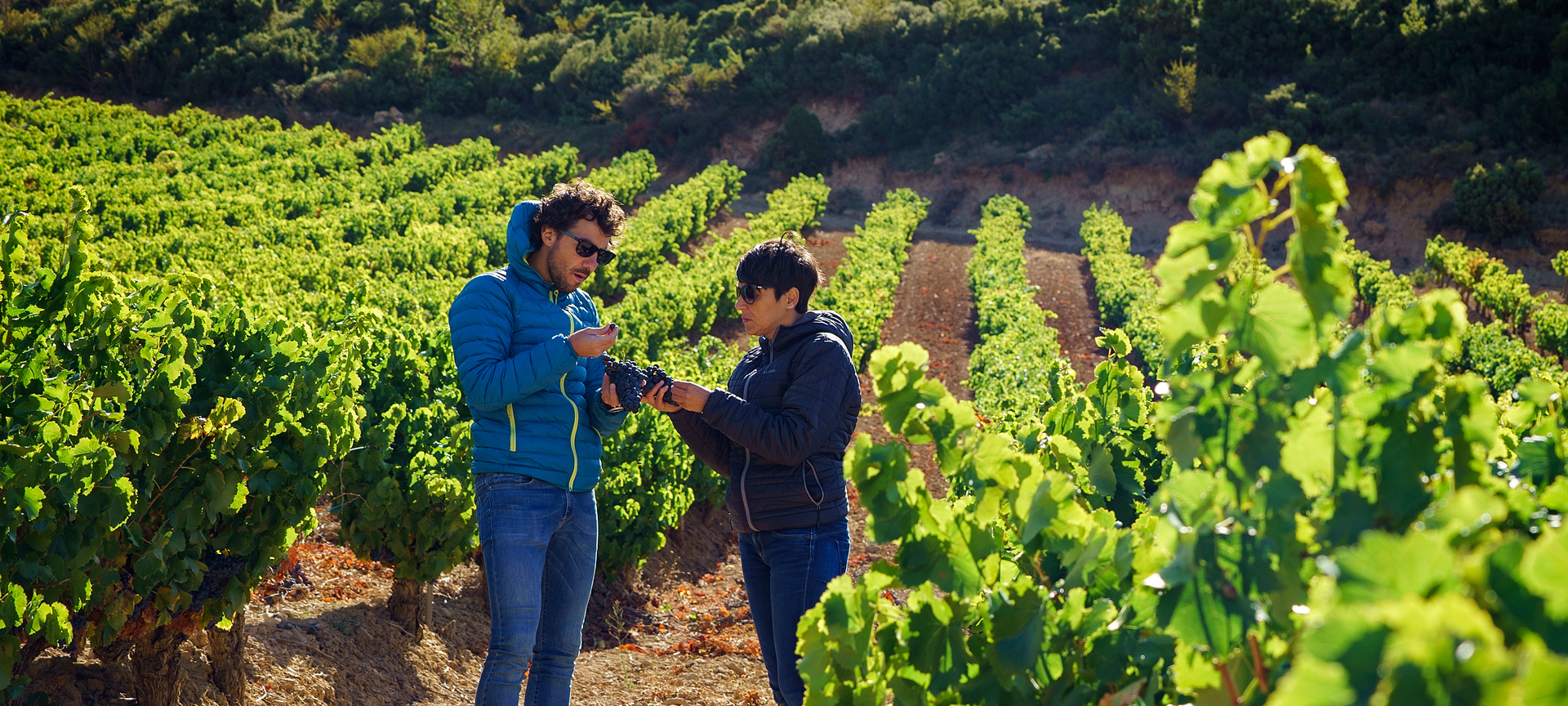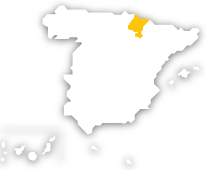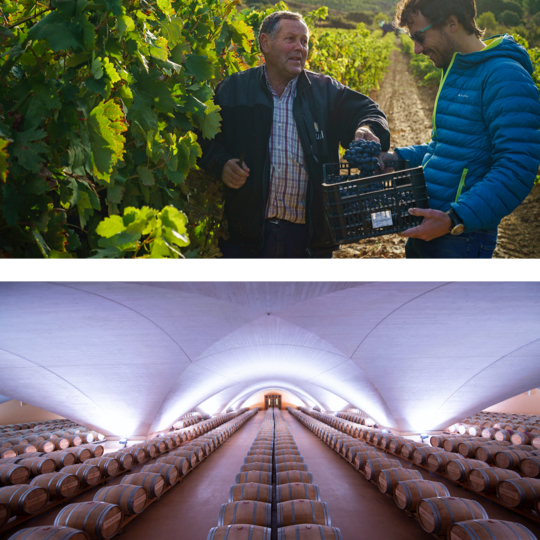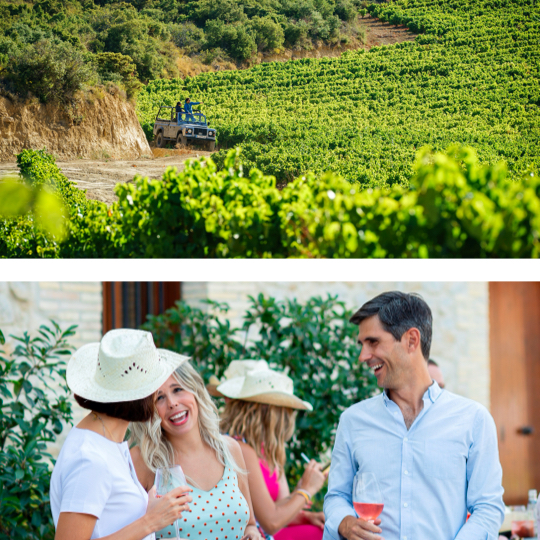Why choose the wines of Navarra?
As well as the differences in taste and cultivation methods that distinguish Navarra’s wines from other regions, there’s something else that gives its wines their distinctive personality: the varied climate and landscape of the places in which the grapes are grown. Depending on which part of Navarra you visit, the climate can vary between Atlantic, continental and even Mediterranean.So in the south of Navarra you can see vines growing in an almost desert-like environment near the Bardenas Reales Nature Reserve, and if you travel to the north of the region you’ll find the mountain climate of the Roncal Valley in the Pyrenees.









